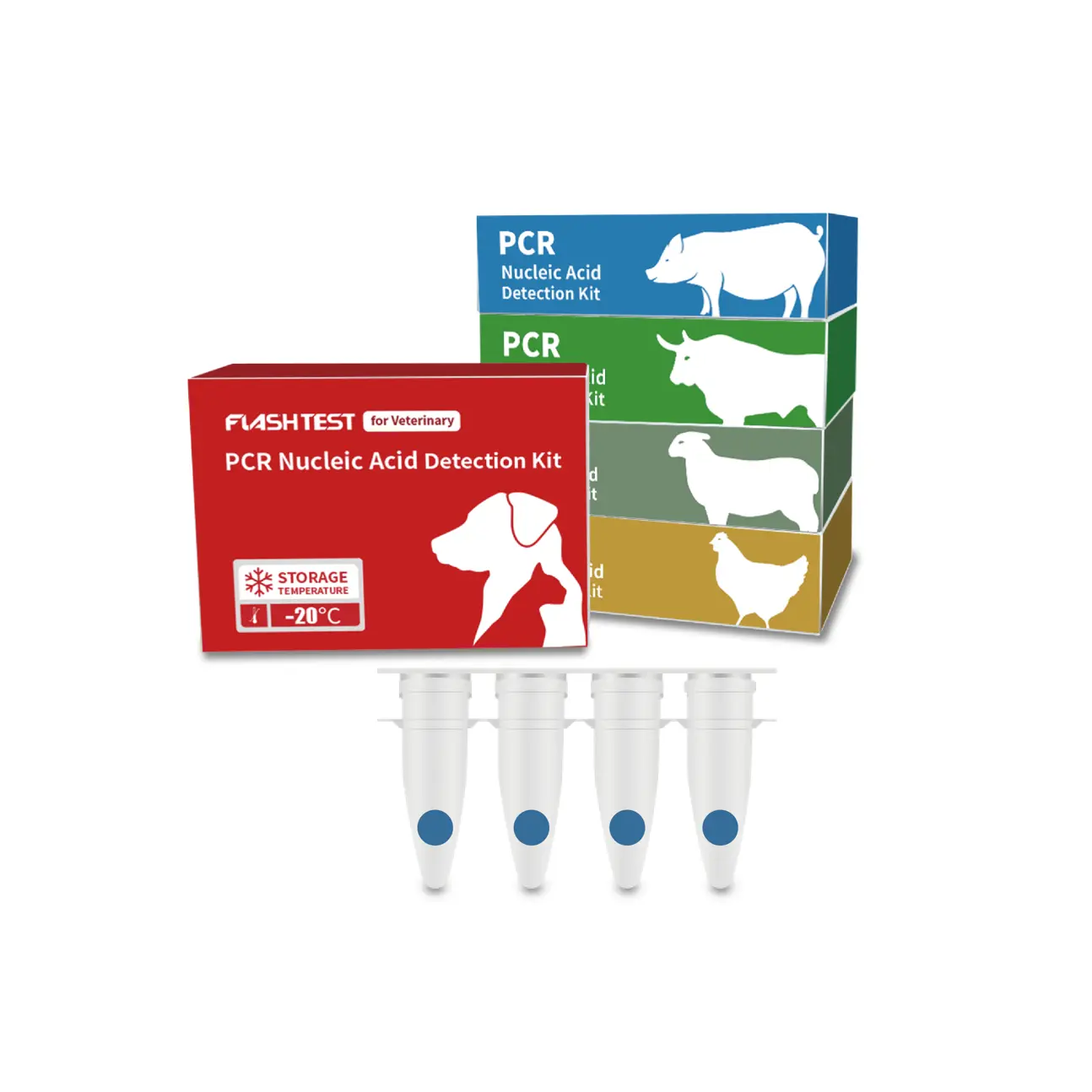- +1-707-722-7066
- care@flashtestbio.com
English

These instruments are often used in point-of-care settings or on-site testing scenarios where immediate results are needed, without the need for complex laboratory procedures or specialized equipment. Rapid test instruments can utilize various technologies such as lateral flow immunoassays, dipsticks, fluorescence-based detection, molecular methods like PCR, or other innovative techniques to deliver fast and reliable test results. These instruments find applications in diverse fields including healthcare, veterinary care, food safety, environmental monitoring, and more.
Lateral Flow Immunoassay (LFIA) Devices: These are simple and portable devices that use a strip or cassette format with antibodies or antigens immobilized. They rely on capillary action to detect the presence or absence of specific substances.

Dipsticks: Dipsticks are small, disposable devices with test regions that can be immersed directly into a sample. They are commonly used for urine or blood testing, providing rapid results for specific analytes.

Point-of-Care Testing (POCT) Devices: These instruments are designed for use at the point of care, providing immediate results without the need for laboratory facilities. They can utilize various detection methods including immunoassays, biosensors, or molecular methods like PCR.

Fluorescence-based Instruments: These instruments employ the use of fluorescent labels to detect and quantify specific analytes. They often utilize excitation and emission of fluorescent signals for accurate and sensitive detection.

Get In Touch With Us Now!
Tel:
+1-707-722-7066Email:
care@flashtestbio.comAdd:
Blk A4 - F2, Liyuan Development Zone, Binhu District, Wuxi, China